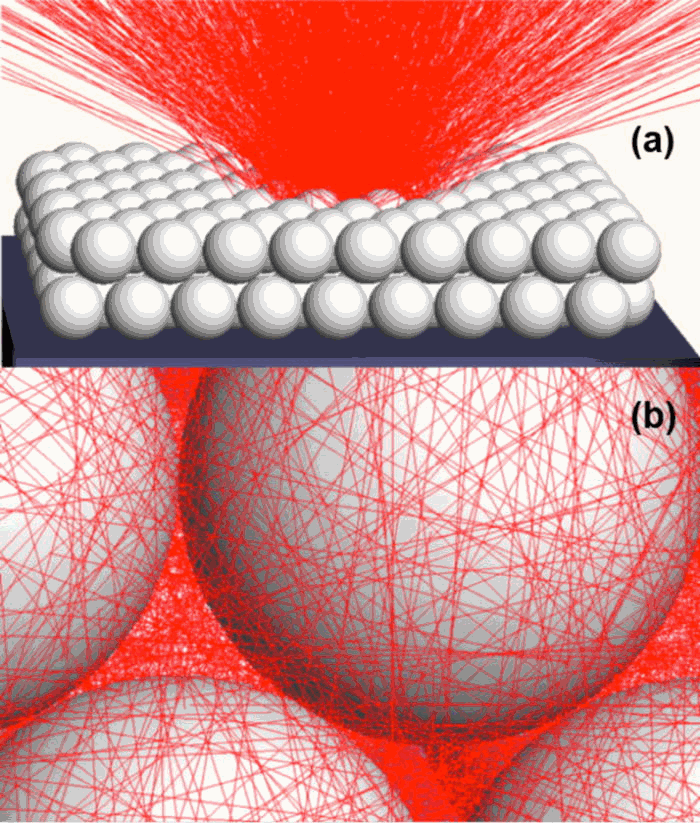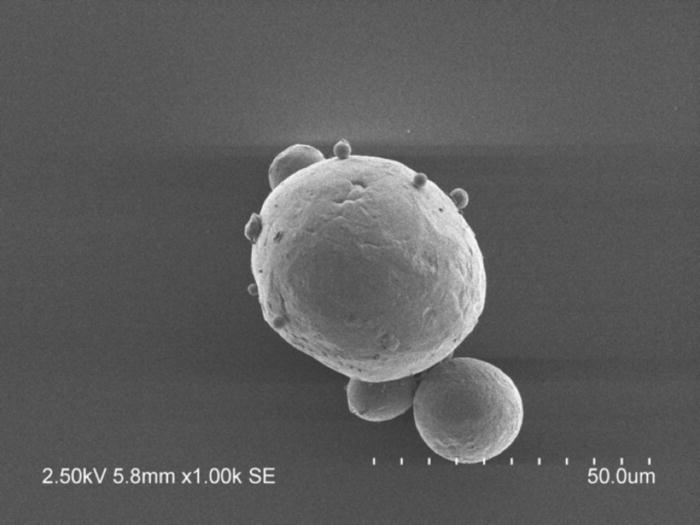LLNL’s Accelerated Certification of Additively Manufactured Metals Project: Physical Understanding of the 3D Printing Process is Necessary to See Real Industrial Change
 When it comes to that epic third revolution in manufacturing that many experts have projected via 3D printing, there’s one major stumbling block: people don’t like change. It’s one thing to make a software update, switch vendors, or move a facility to another location–and that’s often traumatic enough–but accepting and instituting an entirely new process and way of thinking certainly doesn’t happen overnight, or even over a few years–as industry experts are seeing in terms of additive manufacturing.
When it comes to that epic third revolution in manufacturing that many experts have projected via 3D printing, there’s one major stumbling block: people don’t like change. It’s one thing to make a software update, switch vendors, or move a facility to another location–and that’s often traumatic enough–but accepting and instituting an entirely new process and way of thinking certainly doesn’t happen overnight, or even over a few years–as industry experts are seeing in terms of additive manufacturing.
Often, these new ideas and technologies simply aren’t instituted without repetitive convincing, educating, and validating. And while many of us see the incredible benefits being offered by 3D printing around the world in nearly every sector, for those who are involved in manufacturing processes that seem to be running just fine with old traditional methods in place, they of course question why change is necessary, why you should meddle with current perfection, and why you should fix something that…yada yada. The answer of course, is that in implementing 3D printing–and doing it now–a world of new innovation is opened, along with a long list of benefits ranging from incredible options in customization and higher quality, to shaving mega-bucks off the bottom line.
Wayne King, leader of the Lawrence Livermore National Laboratory’s Accelerated Certification of Additively Manufactured Metals Project, wants to light a fire under everyone. With the understanding that it can take quite some time for widespread change to sweep an industry, he and a team of researchers at LLNL are trying to push things along a little faster, as indicated in their latest paper, titled “Laser Powder Bed Fusion Additive Manufacturing of Metals; Physics, Computational, and Materials Challenges.”
“We want to accelerate certification and qualification to take advantage of the flexibility that metal additive manufacturing gives us,” said King. “Ideally, our plants would like to build a part on Monday that can be qualified and, on the same machine on Tuesday, build a different part that can also be qualified.”
The researchers emphasize that 3D printing with metal and laser powder bed fusion is increasing exponentially, and the technology is being used widely for prototyping. Companies of all sizes simply don’t yet seem to have the confidence in the technology required to make the investment–and the leap–to using it for making critical parts. Noting that education is key here, the researchers point out a deeper understanding of the actual physics of what’s happening during 3D printing is required.
“It is generally accepted that this understanding will be increasingly achieved through modeling and simulation,” states the LLNL team of researchers in their paper. “However, there are significant physics, computational, and materials challenges stemming from the broad range of length and time scales and temperature ranges associated with the process.”
Their research reviews, assesses, and points out the challenges that lie ahead basically in trying to get everyone on board with 3D printing, with a central point being that qualification of parts and uncertainty about the final quality of products serving as main issues in the lack of adopting 3D printing.
“A physical understanding of the metal powder bed fusion process can provide insight into performance margins, uncertainties in those margins, and their sensitivities to process parameters. Thus, a physical understanding of the process is an essential element of part qualification,” state the researchers. “Such an understanding should also enable increased control of the process, which in turn improves the likelihood of producing qualified parts.”
The need for ways to simulate the process and demonstrate it via modeling is outlined, and the researchers state that this can be accomplished digitally. Within the paper they discuss a range of models that should help engineers make calculations regarding heat and stress and well as gaining an understanding of what happens to metal during the 3D printing process, allowing them to find validation in the technology and as a result, become confident in making complex 3D printed parts for industry such as aerospace. The goal is for these processes to indeed become part of a total transformation within manufacturing rather than being an exception. Do you think this paper by the LLNL researchers will help accelerate additive manufacturing practices? Discuss in the LLNL Researchers to Accelerate 3D Printing forum over at 3DPB.com.
Subscribe to Our Email Newsletter
Stay up-to-date on all the latest news from the 3D printing industry and receive information and offers from third party vendors.
Print Services
You May Also Like
3D Printing Financials: Prodways Ends 2024 with a Profit
After a tough couple of years, Prodways (EPA: PWG) is starting to bounce back. The French 3D printing company finally made a profit in 2024, improved its operating performance, and...
Blue Origin & Auburn University Use EOS M290 to Study Copper 3D Printing
Blue Origin, the commercial space company built off of investments from Amazon founder Jeff Bezos, has donated two EOS M290 powder bed fusion (PBF) printers to Auburn University’s National Center...
Rocket Lab to Acquire Restructured Laser Communications Provider Mynaric AG
Rocket Lab USA, the Long Beach-based, end-to-end space services company that specializes in producing rockets with additive manufacturing (AM), has announced plans to acquire Mynaric AG, a German provider laser...
3D Printing Financials: Stratasys Ends 2024 with Cost Cuts and Growth Plans
Stratasys (Nasdaq: SSYS) has wrapped up 2024 with stronger margins but a full-year net loss. The polymer 3D printing leader navigated a year of economic headwinds, restructuring efforts, and shifting...





























